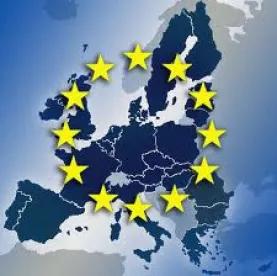Since its in-depth inquiry into the pharmaceutical industry in 2008-2009, the European Commission (the “Commission”) has monitored patent settlement agreements. In its 2014 report published on 2 December 2015, the Commission revealed the results of its analysis of 76 patent settlement agreements between originators and generics (a number “far below” the figures of previous years), concluding that “the number of settlements that might attract competition law scrutiny remains at a low level”. In fact, 88% of the settlements analysed fell into categories that the Commission considered prima facie do not require competition law scrutiny (para. 51).
The Commission classifies the settlements in two groups: those that do not restrict the generic company’s ability to market its own product (“A-type” settlements) and those that limit the generic company’s ability to enter the market (“B-type” settlements). B-type settlements are classified as either (i) agreements that do not contain a “value transfer” (“B-type.I” settlements) and (ii) agreements that do contain a “value transfer” (“B-type.II” settlements). In the report the Commission reiterates that “this is not to suggest that [B-type.II settlements] would always be incompatible with EU competition law. This needs to be assessed on the basis of the circumstances of each individual case” (para. 17).
In the final section of the report, the Commission notes that pharmaceutical companies continue to conclude settlement agreements, despite its on-going scrutiny of B.II type settlements. The General Court’s pending judgments in Lundbeck and Servier may have an impact on this in the future.




 />i
/>i

